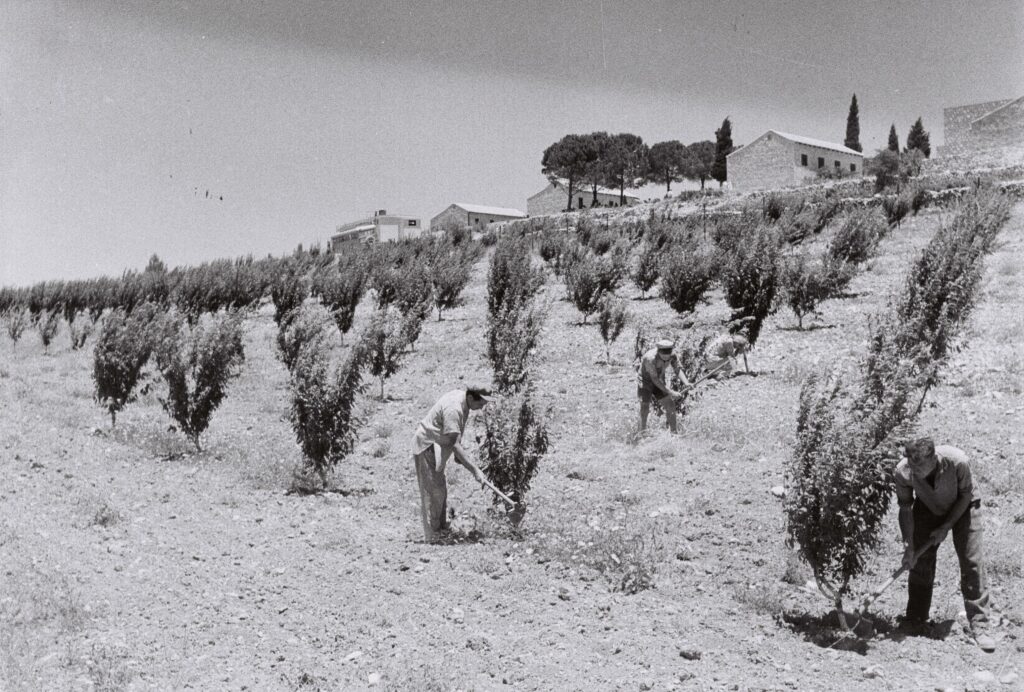
How One Tree Became Israel’s Symbol of Hope
In the rolling hills of Judea and Samaria, an ancient oak tree stands as a silent witness to a remarkable story of perseverance, hope, and homecoming. This tree, rooted deep in the soil of what many consider Israel’s biblical heartland, has become a powerful symbol of the Jewish people’s enduring connection to their ancestral lands.
The tale begins in 1943 when a group of idealistic dreamers arrived in the region, establishing what would become known as the Etsion Block. Their dream was to create a haven for Holocaust survivors, a place where Jewish life could flourish once again in the Judean hills. By 1947, four collective settlements had taken root, each one a testament to the settlers’ determination and vision.
However, the dream was soon met with harsh reality. Following the United Nations partition plan in November 1947, conflict erupted. The Etsion Block found itself under siege, cut off from the rest of the Jewish population. For months, the settlers held out against overwhelming odds, their resolve as unyielding as the ancient oak that stood watch over their land.

Tragically, on May 14, 1948 – the very day Israel declared its independence – the Etsion Block fell. In a brutal final battle, 80 defenders lost their lives. The survivors were evacuated, leaving behind their homes, their hopes, and the lone oak tree that would come to symbolize their indomitable spirit.
For 19 years, the Etsion Block remained beyond reach, visible only from afar. Parents would point to the distant oak, telling their children, “You see that tree? That’s your home. Someday, you’ll return.” It was a promise whispered across generations, kept alive by the unwavering belief in a future homecoming.
That day arrived unexpectedly in 1967. The Six-Day War not only reunified Jerusalem but also brought Judea and Samaria back under Israeli control. The children of the Etsion Block, now adults, finally returned to reclaim their heritage and rebuild their communities.
Today, the region pulses with renewed life. Ancient biblical sites like Bethel, Shiloh, and Hebron – once off-limits – are now accessible, connecting modern Israelis with their deepest roots. For many, this is not merely about politics or borders; it’s about fulfilling a millennia-old mission to establish monotheism and a just society in the land promised to Abraham.
The story of the Etsion Block and its iconic oak tree encapsulates a broader narrative of resilience, faith, and the profound connection between people and their homeland. It serves as a poignant reminder that even in the face of seemingly insurmountable challenges, hope can take root and flourish, much like the steadfast oak that has watched over these hills for generations.
The post How One Tree Became Israel’s Symbol of Hope appeared first on Israel365 News.
Israel in the News